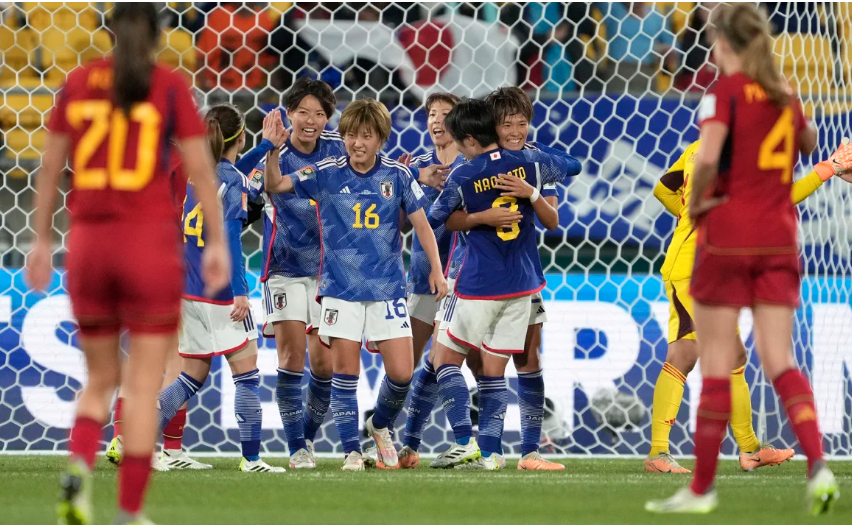Japan blooms just at the right time as the Nadeshiko looks to make new history at Women’s World Cup
by Admin

Four months before the 2011 Women’s World Cup final, Japan was devastated by the largest earthquake ever recorded in the country’s history.
The earthquake triggered a tsunami causing a nuclear meltdown at the Fukushima power plant, a disaster that’s still being felt to this day.
The incident left more than 22,000 dead or missing, from the initial earthquake, tsunami and post-disaster health conditions. The cleanup is expected to last decades and cost billions of dollars.
The nuclear meltdown also ensured that the Japanese national team’s training facility based in Fukishima became a place of refuge in the aftermath of the tsunami.
This all contributed to make what happened in July 2011 in Germany even more special, though before the 2011 tournament, Japan’s players weren’t sure about competing.
“Should we really be playing football?” former Japan captain Aya Miyama told a FIFA+ documentary last year. “Aren’t there more important things that we should be doing now?”
Four months before the 2011 Women’s World Cup final, Japan was devastated by the largest earthquake ever recorded in the country’s history. The earthquake triggered a tsunami causing a nuclear meltdown at the Fukushima power plant, a disaster that’s still being felt to this day. The incident left more than 22,000 dead or missing, from the initial earthquake, tsunami…
Recent Posts
- Liverpool ends 15-year curse with statement win over Real Madrid
- The TSA-approved hack that allows travelers to bring a bottle of water through airport security
- Подводный WiFi, аквапонные фермы: как морские техностартапы привлекают инвесторов
- “Подводный интернет”: эта женщина может подключить беспроводную сеть на 3-километровой глубине
- Inside the wild world of Osaka’s dangerous, adrenaline-fueled float festivals